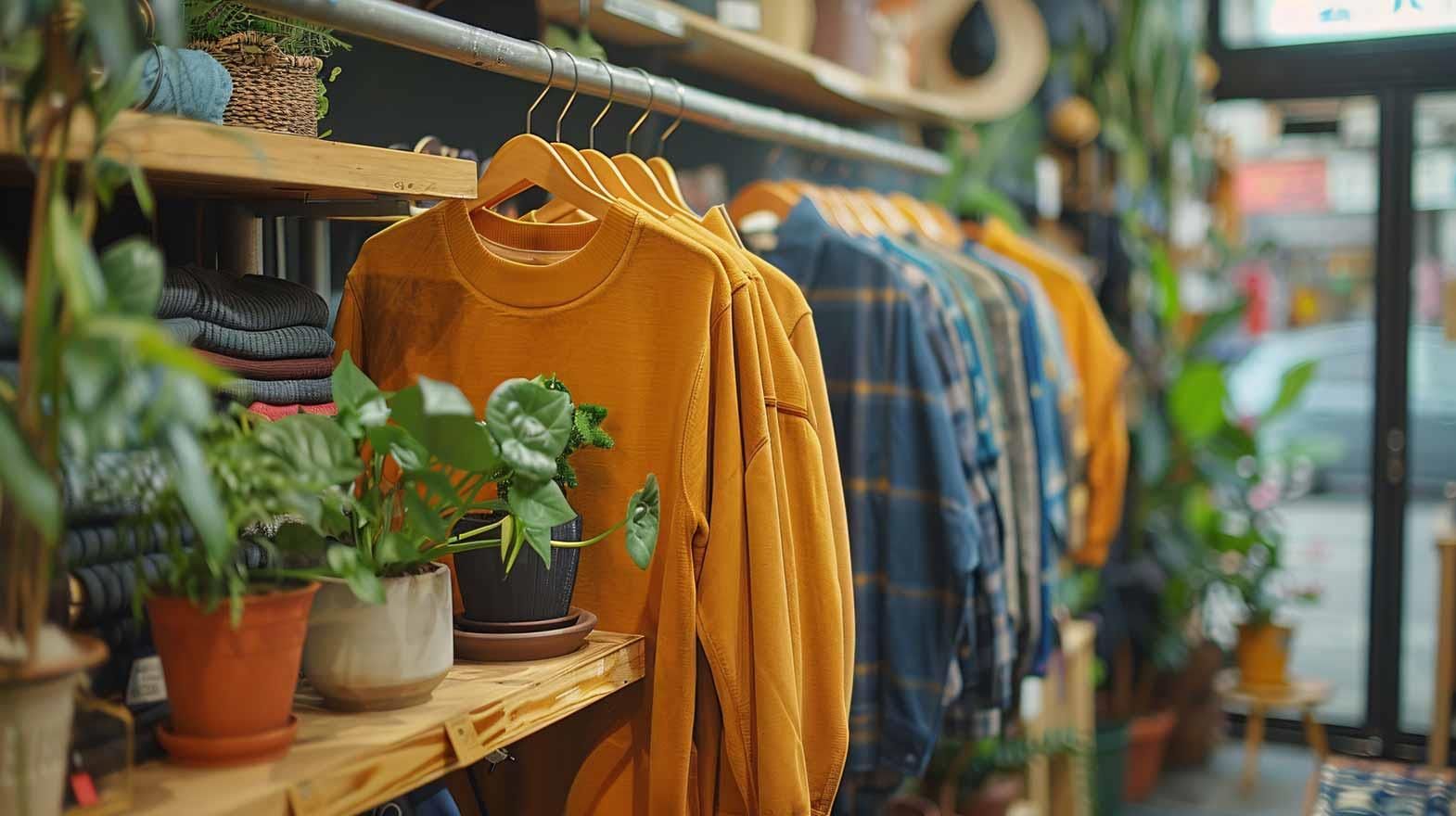One remarkable example is hemp, often referred to as a "super fiber." Hemp fabric is made from fibers found in the flowering plant cannabis sativa. Hemp crops yield more fiber per acre than cotton or flax. What makes hemp particularly sustainable is its quick cultivation cycle, taking as little as 100 days to produce a harvest. Fabrics made from hemp are UV-resistant, moisture-absorbing, and resistant to mildew.
Hemp fibers are also incredibly strong, with a tensile strength eight times that of cotton. Historically, hemp was used to make boat sails and ropes for navies due to its durability. Textiles made from hemp fibers are hypoallergenic and naturally combat bacteria and staph that come into contact with the fabric's surface, making it an excellent choice for organic clothing. Hemp fabrics have a linen-like and soft feel, but they do tend to wrinkle easily and are not colorfast.
Innovative research has led to the use of milk protein, specifically casein derived from sour milk, which is typically discarded. This casein protein is processed and extruded into threads, resulting in fibers that are entirely chemical-free. Fabrics made from milk protein have a silky feel, can be washed like cotton garments, and are odor-resistant.
Sour milk protein contains 17 amino acids with antibacterial properties, making clothing made from milk protein skin-friendly. It can be used to create baby clothes, workout attire, and undergarments. An exceptional quality of these fibers is their ability to nourish, moisturize, and contribute to wrinkle-free skin, essentially acting as an anti-aging fabric. Milk protein fabrics offer excellent dyeing attributes, resulting in realistic and long-lasting colors. Fabrics derived from this innovative material are easy to maintain and naturally repel fungi, bacteria, and insects, which is a unique feature among natural fabrics.
Soy is referred to as 'vegetable cashmere' because of its extremely soft quality. It has high moisture absorbency and anti microbial properties. It dries faster than cotton and is 100% biodegradable. The ultra comfortable features of soybean fibres make it apt for bedding, baby wear, and innerwear. The ability to reflect light, gives soybean fabrics the golden silk like finish. The fabrics made of soybean fibres are wrinkle-free, durable, and colorfast.
As unbelievable as it may sound, but with a lot of research, garments can now be developed from sugary green tea. The everyday beverage is now used as a savvy and eco-friendly alternative to synthetic fibres. The fabric developed from a mixture of fermented tea is like leather. A bacterial culture is added to the processed sugary green tea mix. These organisms spin cellulose threads, which is a byproduct of the fermentation process, forming a layer on top of the liquid.
A thick sheet is formed after 2-4 weeks, which is dried, and later on, given a certain shape required or sewn together to make a garment. Dyeing this kind of fabric does not need a mordant, and uses a very small amount of dye. The only drawback is that the fabric cannot withstand water or dampness. Hence research is being done to make this tea fabric more durable and hydrophobic. Vegetable leather is completely environment loving and it decomposes naturally.
A cup of coffee may be the perfect way to jumpstart mornings for many. The grounded coffee powder then heads straight to the trash can. But a company has tapped the potential of using these waste coffee beans to make fabrics for sportswear. Coffee grounds are woven into interlaced fibres to create yarns that can be knitted or woven to form fabrics. One cup of coffee produces grounds enough to make two shirts. Since the oils, phenols, and esters are removed from the coffee grounds, before processing, the fabric remains odorless. The sportswear developed from the ground coffee beans is UV resistant and wicks water away.
Another fabric joining the green brigade of organic clothing materials is made from nettles. Stinging nettle can be grown with meager amount of water organically and sustainably. The fabric produced with nettles is tough and is used in car and bus upholstery, while softer fabrics have the texture of linen, are supple and possess anti-microbial qualities.
With the usage of cotton for organic clothing turning sour, due to high amount of water, herbicides, and fertilizers being used to grow the plant, innovative alternatives of developing fabric naturally are increasing day by day. These fabrics stand true to the age old adage of reducing, reusing, and recycling.
References:
1. Liahren.com
2. Guardian.co.uk
3. Treehugger.com
4. Termpaperwarehouse.com








Comments